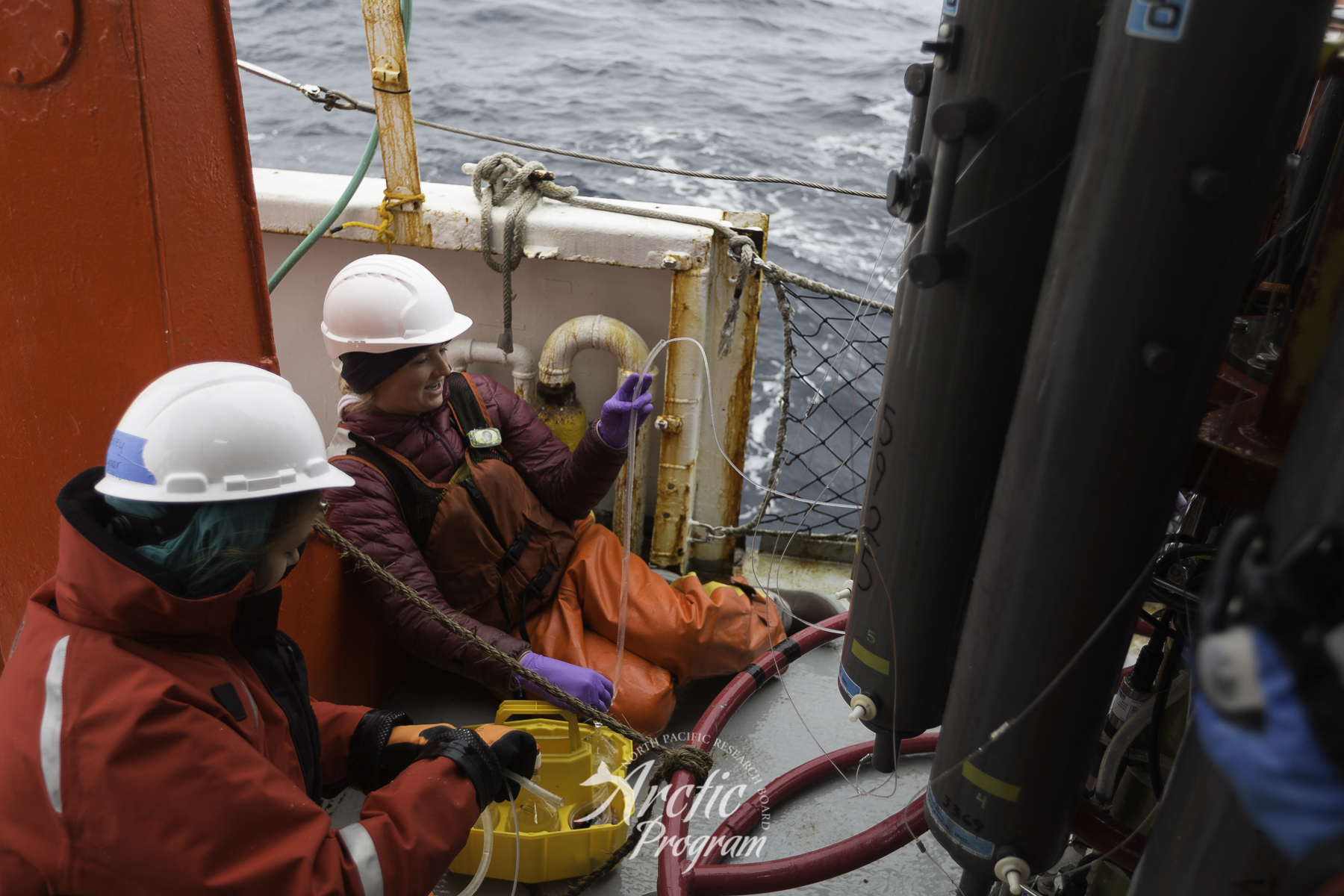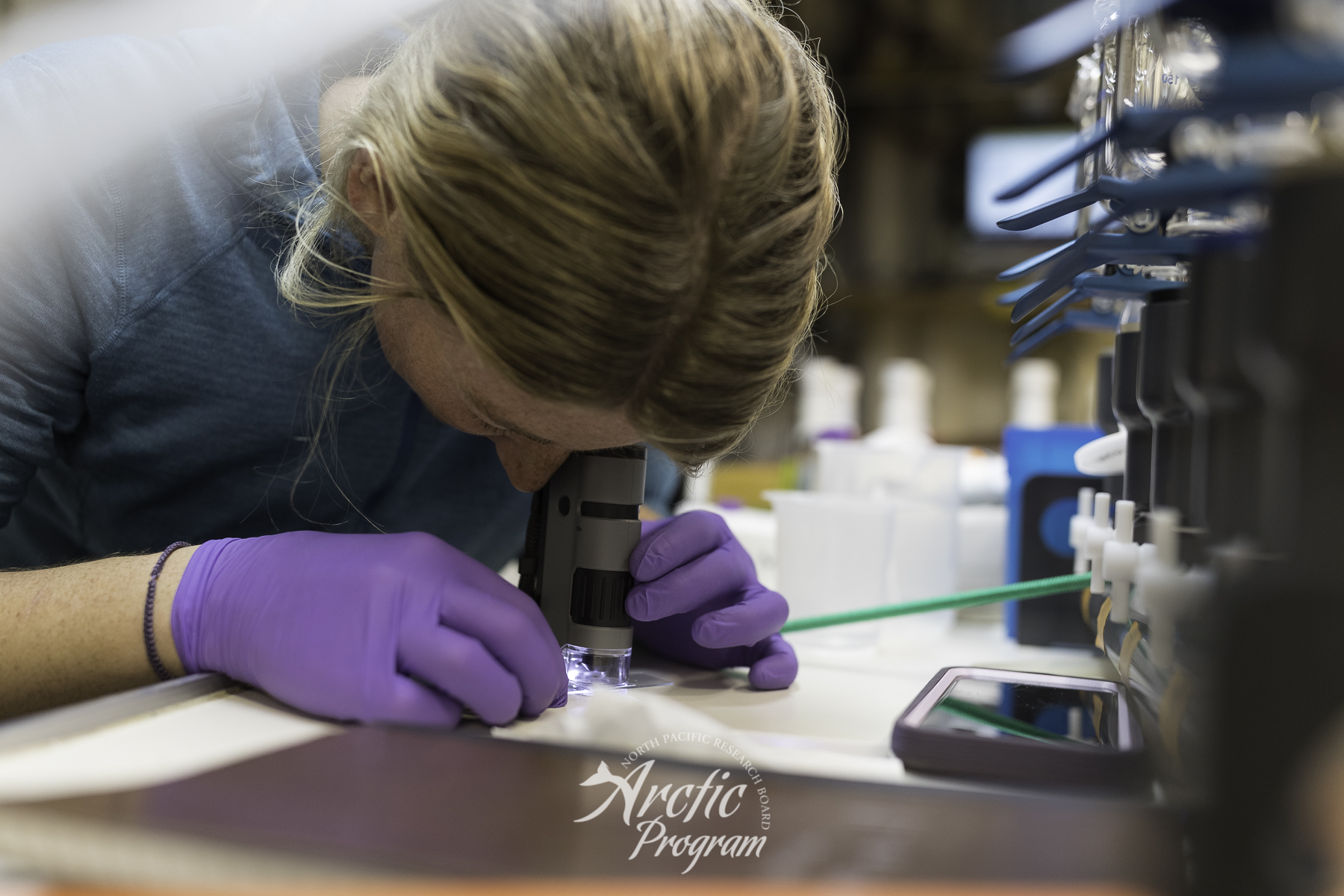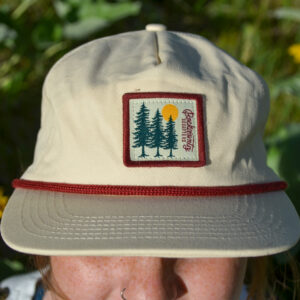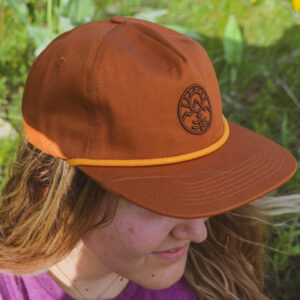science in the arctic
Written aboard the R/V Ocean Starr August 2019

On an unusually warm winter morning in Seattle, I met with Dr. Kathi Lefebvre, a scientist at the Northwest Fisheries Science Center. I hopped out of my truck in the facility parking lot ready to make a good first impression. Overdressed, and a little sweaty. A few weeks prior, I reached out to her asking to meet while I was home from Bozeman during spring break. The meeting was initially planned to chat about her work and inquire about graduate positions at the University of Washington. Instantly, I was inspired by the way she talked about her work, and it was like I’d known her much longer than 60 seconds. She was the embodiment of an adventure scientist -a career I had only dreamed about.
Dr. Lefebvre studies Harmful Algal Blooms (HABs) which are colonies of algae that grow out of control and produce toxic and harmful byproducts. These harmful byproducts can cause debilitating or fatal illnesses and may occur more often as a result of climate change. HABs can be found anywhere from lakes to oceans. Recently, due to warming ocean temperatures, blooms have been increasingly prevalent in the arctic.
Within the first five minutes of talking with Dr. Lefebvre, she asked if I would be interested in an “arctic cruise”. While onboard, I would be taking and processing water samples from various depths to look for HABs. In typical form, I jumped at the opportunity. It would be just days after finishing up the salmon season in Bristol bay, and I would be on board from August 1st until September 14th. 45 days at sea. When including the Bristol bay season, this trip to Alaska meant 107 nights in a bunk, rocking back and forth with the waves.
On July 31st, I disembarked the plane in Dutch Harbor to meet the R/V Ocean Starr. Sporting just under three hours of training, a picture of what my lab bench set-up should look like, and a methods binder, I boarded the ship on the morning of August 1st.
The fog ushered us north through the rough Bering Sea. Scientists anxiously mingled while awaiting the first moorings and CTD casts. I was able to set up my lab bench and run some samples through the underway seawater hose. Getting a few samples out of the way early calmed my nerves about the first CTDs to come.

Processing water samples for harmful algal blooms incorporates two different methods for each depth of water collected. On this particular cruise, I am taking water from the surface, the chlorophyll maximum and 10 meters. For each depth, I measure 600mL to be filtered under a vacuum for Pseudo-nitzchia. The filter is like a small piece of paper, and filtering about 1.5 cups of sea-water concentrated with phytoplankton is like filtering muddy water through a cheese-cloth. When the water is done filtering, leaving the filter dry, I carefully maneuver forceps in a fashion that will ultimately lead to a circle-turned-into-a-taco shape, eventually stuffing the filter in a small vial. I’m convinced my finger dexterity is greatly improving by the day. While filtering, I strain another 2 liters of sea-water through a sieve fastened in PVC piping. Then, I backwash the concentrated sample on the sieve into a tube where it will eventually be suspended in methanol in hopes of preserving whole-cell Alexandrium samples. Altogether, the process takes about an hour. An hour and a half on the slow days. Usually, we’ll take 1-3 CTDs a day, not including the two days we took 7 casts!
The difference between work on a fishing boat and work on a research vessel is incomparable. I went from spending 18+ hours on deck a day to under 20 minutes. Without sight of shore, the ocean is darker and the waves move the larger ship in unpredictable patterns. 6 weeks at sea seemed like a long time after a grueling fishing season. However, it is also a chance to meet new people. I try to go out of my way more often that I usually do and ask questions -digging for exciting stories from the scientists and Ocean Starr crew about life on deck and in the arctic. The scientists on board are passionate about their research and eager to help the few of us who are just stepping up. Our crew consists of mainly physical oceanographers and biologists who spend their summers out in the field, and their winters back in the lab.

This trip to the arctic has pushed me out of my comfort zone, which may have been what I was initially looking for when I accepted the position. At the time of the meeting, I was a senior in college looking forward to finishing up a Bachelors in Microbiology. During the summer season, I work as a commercial deckhand in Bristol Bay and Ketchikan, Alaska. To frequent sea-goers, the ocean provides a solace unique to each person. The rolling of the boat as it glides to the next station, or the hum of the pumps filtering fresh sea-water. Early mornings clutching a coffee mug while the sun warms your feet through steel-toed boots.
Looking back, floating on this small island in the Northern Pacific was a great dose of type II fun. Unless you have personally been through this experience, it is hard to grasp the unique feelings of a routine out at sea. The camaraderie, work and boredom see you through every day; until the boat slides against the pilings and your airborne suitcase hits the earth. While I don’t foresee myself back out there anytime soon, it will be a great memory to look back on.
Author: Anna Mounsey



